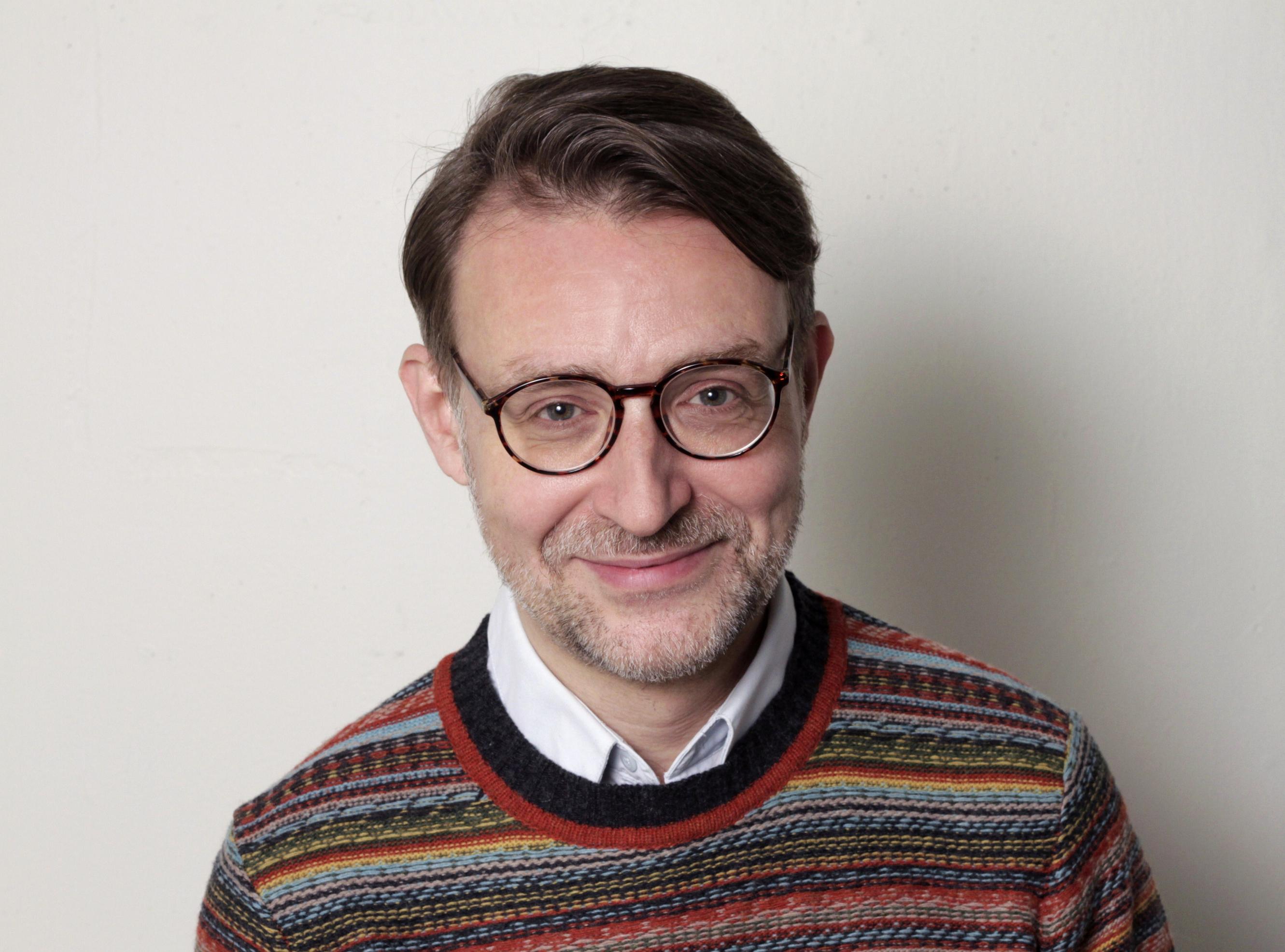In 1956, British artist Richard Hamilton created one of the most prescient artworks of the latter half of the 20th Century. Produced for the groundbreaking exhibition This is Tomorrow, which is credited with kick-starting the Pop Art movement in the U.K., Hamilton’s collage Just what is it that makes today’s homes so different, so appealing? (pictured above) was prophetic in its collage of images of consumer goods, sex, celebrities and the mass media – all subjects that would come to inform art in the ensuing decades.
Hamilton certainly wasn’t alone in his use of collage as a tool for observation and critique. Over the past 100 years, artists from all over the world – Matisse, Picasso, Kurt Schwitters, Martha Rosler, Hannah Höch, Robert Rauschenberg, Kara Walker and John Stezaker (to name just a few) – have used collage techniques, but collage itself has long seemed like painting and sculpture’s, and even drawing’s, poor cousin. Why? Could it be that, as children, we all made collages in school, giving us the impression that collage is “easy” and that anyone can do it? Is it because most collage is made from unassuming and inexpensive materials? Or, perhaps, it is because, graphically, collage has long been associated with political propaganda, so outside of this function we’re unsure how to approach it.
Regardless, there seems to be a resurgence in the amount of collage-based work being made by younger artists and appearing in galleries nowadays. Some attribute this to the rise of the Internet and the fast-paced, image-saturated, “cut-and-paste” world we’re living in. In response to this, artists are adopting collage as a way to slow down and to make us really look. The best collage work presents surprising visual juxtapositions that prompt us to see the things in our world in a new way.
The aforementioned international artists find their younger Canadian contemporaries in artists like Adrian Williams, Geoffrey Farmer, Kristiina Lahde, Sonja Ahlers, Georgia Dickie, Scott Treleaven, Maggie Groat and Luc Paradis (again, to name but a few), as well as the artists featured in this issue. (Even some of the artists in my feature on The Beatles in contemporary art, in celebration of the advent of “Beatlemania” in North America 50 years ago this year, use collage.) We’ve barely scratched the surface when it comes to the amount of collage-based work being produced in Canada but, to paraphrase Toronto’s Jp King (in a Q&A with Sky Goodden here), we hope that this issue will foster a re-appreciation for collage and open people’s eyes to the wide range of styles out there.
In this issue, you’ll also find a new section called “Studio View”. I’m often invited by artists to do studio visits and I must admit that I never really liked doing them without a solid reason. So, I’ve given myself one! In this section, you’ll meet an artist at work in their studio as he or she prepares for an upcoming exhibition. A short photo essay gets you up close and personal with the work-in-progress, as well as other interesting objects kept in the studios for inspiration, all described in the artist’s own words. Up first is Toronto artist Callum Schuster, who is having his first solo show at O’Born Contemporary in September. We hope you enjoy this new section.
Supporting the next generation!
This past year, The Magenta Foundation collaborated with students at the Rosedale Heights School of the Arts and the Etobicoke School of the Arts in an exciting new initiative called “The Flash Forward Incubator Program”.
Working with industry professionals and educators, the students are encouraged to experiment, take risks, and expand their creative process and artistry. The students have created their own photo-based artworks, which will go on display at Twist Gallery in Toronto on Sept. 4, 2014, with a closing party and silent auction of the work on Sept. 25. (Some snaps of some of the students and their work can be seen in the scroll above.) Funds raised from the sale of the work goes to the participating schools’ art programs.
Mark your calendars and join us in celebrating the talent of the next generation of photographers on Sept. 25. Visit www.magentafoundation.org/flash-forward-incubator/ for more information.
Thank you for reading. Enjoy these last few weeks of the summer, and we’ll see you again with a special edition of the magazine, marking the 10th anniversary of The Magenta Foundation and the 5th anniversary of the magazine, in November.
Bill Clarke was the Executive Editor of Magenta Magazine Online from its inception in September 2009 until May 2017. His writing has been published in Modern Painters, Art Review, Canadian Art, Artnews and several other publications. In January 2017, he assumed the position of associate director at Angell Gallery in Toronto.
Executive Editor
Bill Clarke
Publisher
MaryAnn Camilleri
magentafoundation.org
Design
The Office of Gilbert Li
gilbertli.com




